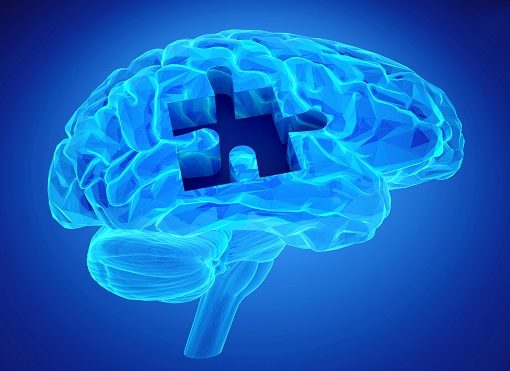These days more astrobiologists take seriously the idea that life may not have originated on Earth but was brought here soon after the Earth formed, by comets. In its early days the Earth was a hot ball, inhospitable to life. Traces of life would not have survived those conditions.
A theory known as Panspermia suggests that the ingredients of life — proteins and amino acids may have formed in the depth of interstellar dust clouds. That life throughout the galaxy is ubiquitous. When Fred Hoyle first mentioned the idea back in the 1950s, it was so outlandish that he could not get any scientific journal to publish his paper. So he cast it in the form of a science fiction novel, The Black Cloud.
Now the Rosetta spacecraft orbiting comet 67P/Churyumov-Gerasimenko has found the presence of glycine, an amino acid and ingredient of proteins.
This is the first unambiguous detection of glycine at a comet,” says Kathrin Altwegg, principal investigator of the ROSINA instrument that made the measurements, and lead author of the paper published in Science Advances today.
Though traces of glycine had been detected in samples of dust returned to Earth in 2006 by Nasa’s Stardust mission, the samples could have been contaminated by the Earth’s atmosphere. The measurements from the Rosetta mission indicate a strong correlation between the amount of glycine and the dust emitted by the comet, suggesting that the glycine formed in the presence of dust. Traces of phosphorous, also an ingredient of proteins were also found in the comet.
Was interstellar dust the laboratory where not only the first amino acids formed but proteins, and RNA molecules, as suggested by the analysis of some meteorites? While Rosetta does not answer the greater question, it provides one more piece of evidence that the ingredients of life are spread throughout interstellar space.
PMK




